
October 15,2025
admin
Upgrading or relocating an office environment often involves significant expenditure on office furniture. The key to project success lies in effectively controlling budgets and optimizing costs while ensuring quality and functionality. The following six strategies offer practical guidance:
At the project’s outset, conduct thorough consultations with all departments to tally actual user numbers, workstation layouts, conference room specifications, and storage requirements, forming a detailed needs list. Avoid impulsive purchasing or over-configuration, ensuring every expense aligns with real-world usage scenarios to eliminate budget waste.
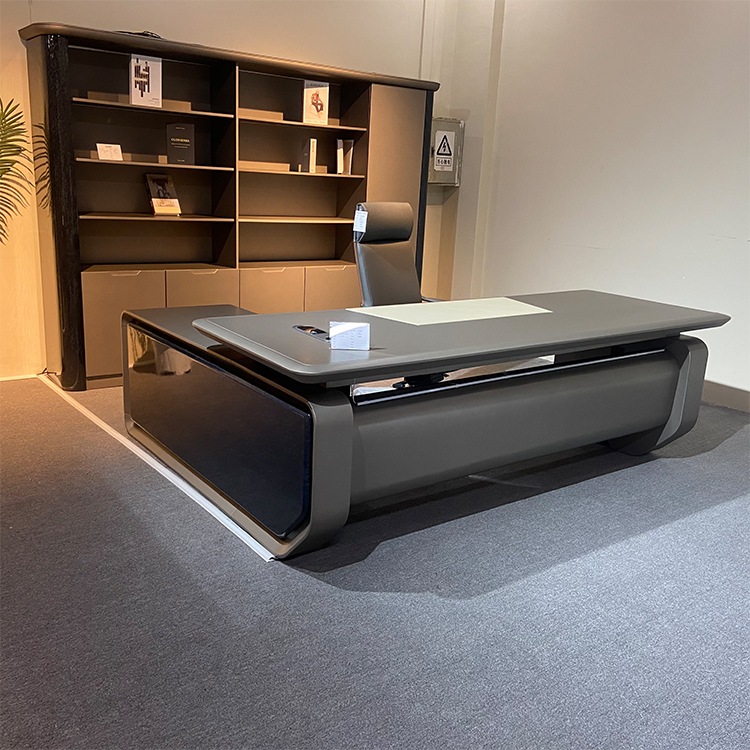
Choose appropriate furniture types for different scenarios:
Workstations & Chairs: Compare price differences between panel furniture and solid wood, swivel and non-swivel chairs, opting for durable solutions with low maintenance costs.
Conference Tables & Reception Desks: Balance customization and standard models based on meeting frequency and attendance, weighing unit prices against personalized needs.
Storage Cabinets & Organizers: Prioritize modular and open designs to reduce custom components and processing costs.
Evaluate multiple brands and solutions to select the best cost-performance products.
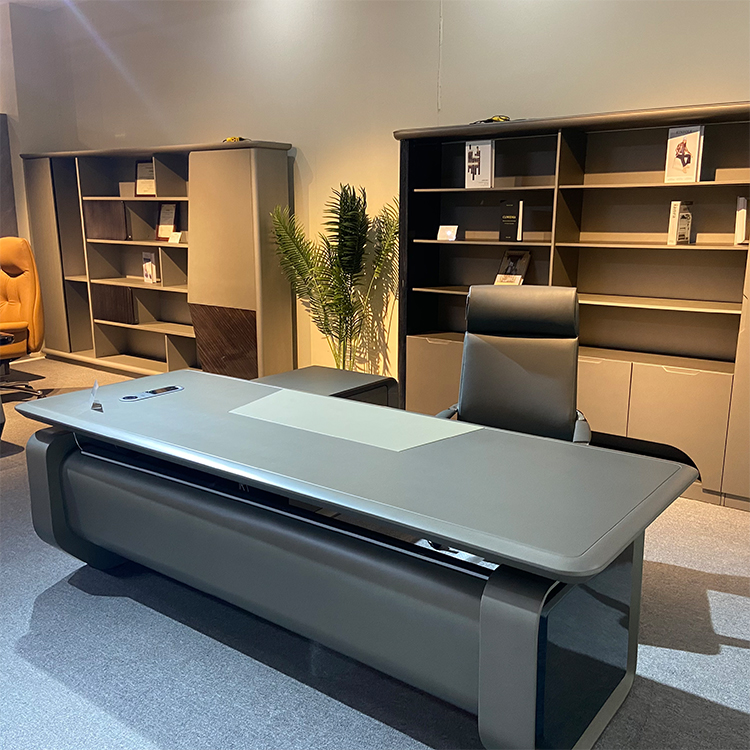
Collaborate with industry-trade integrated office furniture manufacturers to eliminate intermediate distributors and secure competitive wholesale prices. Bulk orders often qualify for higher discounts and free accessories (e.g., drawers, slides), reducing unit costs.
Standardized and Modular Design
Adopt standardized components and modular structures to meet flexible layout needs while simplifying production processes and cutting extra mold and craftsmanship costs for customizations. For future expansions or adjustments, simply add or replace modules instead of resetting entire furniture sets.
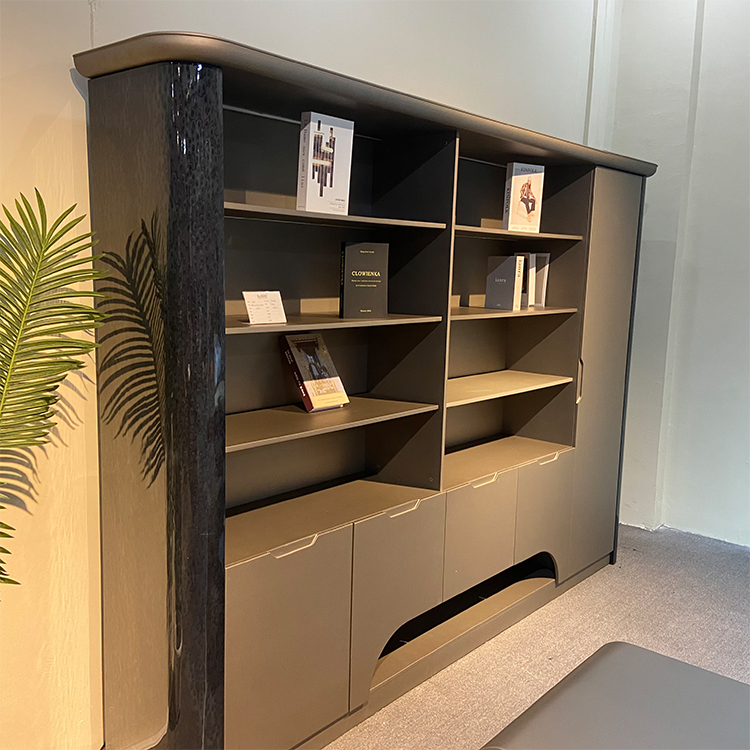
Centralized Delivery: Consolidate furniture delivery to a single warehouse or floor to minimize multi-stage transportation and handling fees.
Reusable Packaging: Use recyclable or reusable packaging materials to reduce one-time packaging costs.
Professional Installation: Deploy experienced teams for one-time installation and debugging to avoid rework and additional charges.
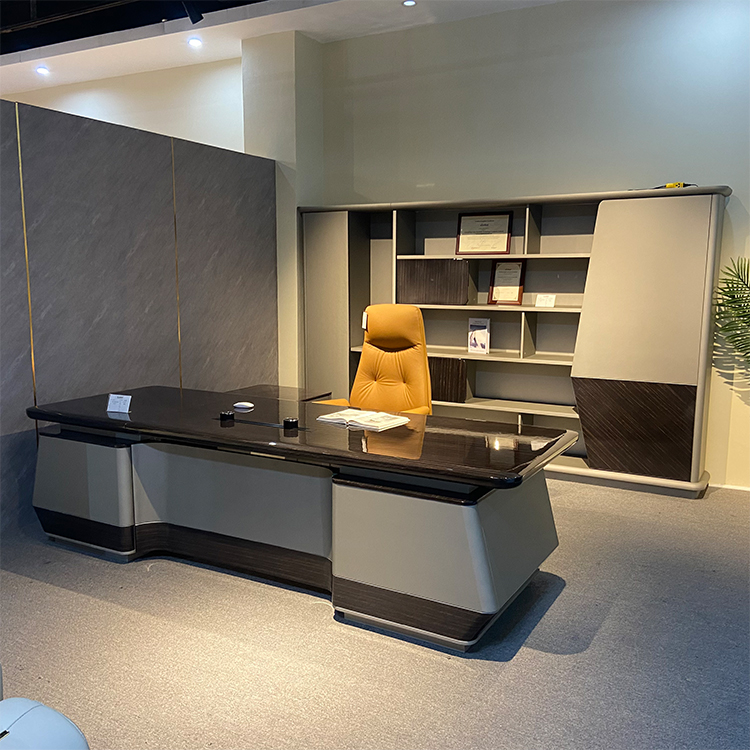
Warranty Management: Prioritize manufacturers offering long-term warranties (e.g., 3–5 years) and low-cost spare parts to reduce post-installation expenses.
Functional Upgrades: Choose furniture with modular interfaces (e.g., detachable panels, adjustable legs) to support future upgrades (e.g., cable management, smart accessories) without full replacement.
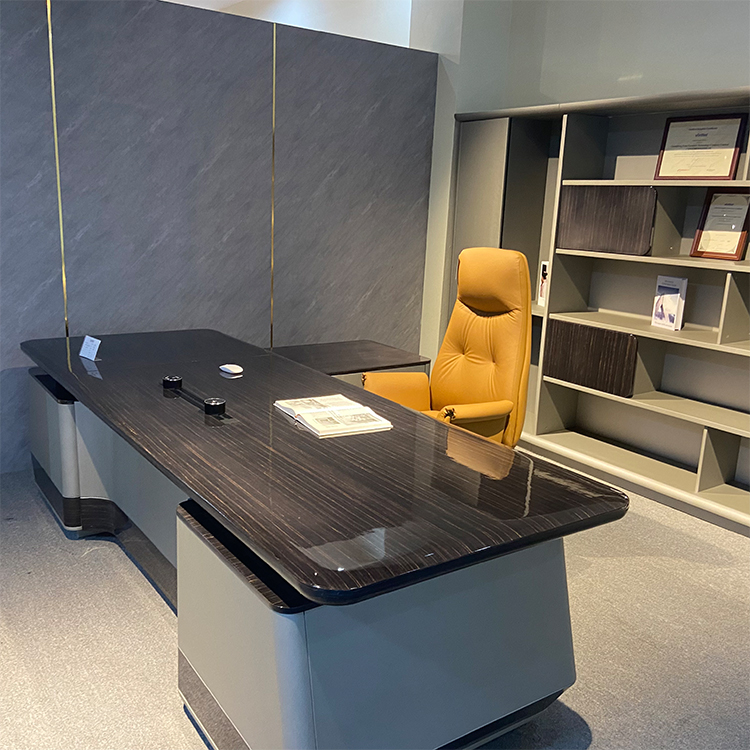
By combining precise needs planning, rational product selection, direct factory sourcing, standardized design, and optimized logistics/maintenance, enterprises can achieve budget control and cost optimization in office furniture projects. A comprehensive, iterative approach not only saves funds but also enhances office environment quality. Partner with Ekintop Furniture for tailored solutions that balance cost and excellence.

